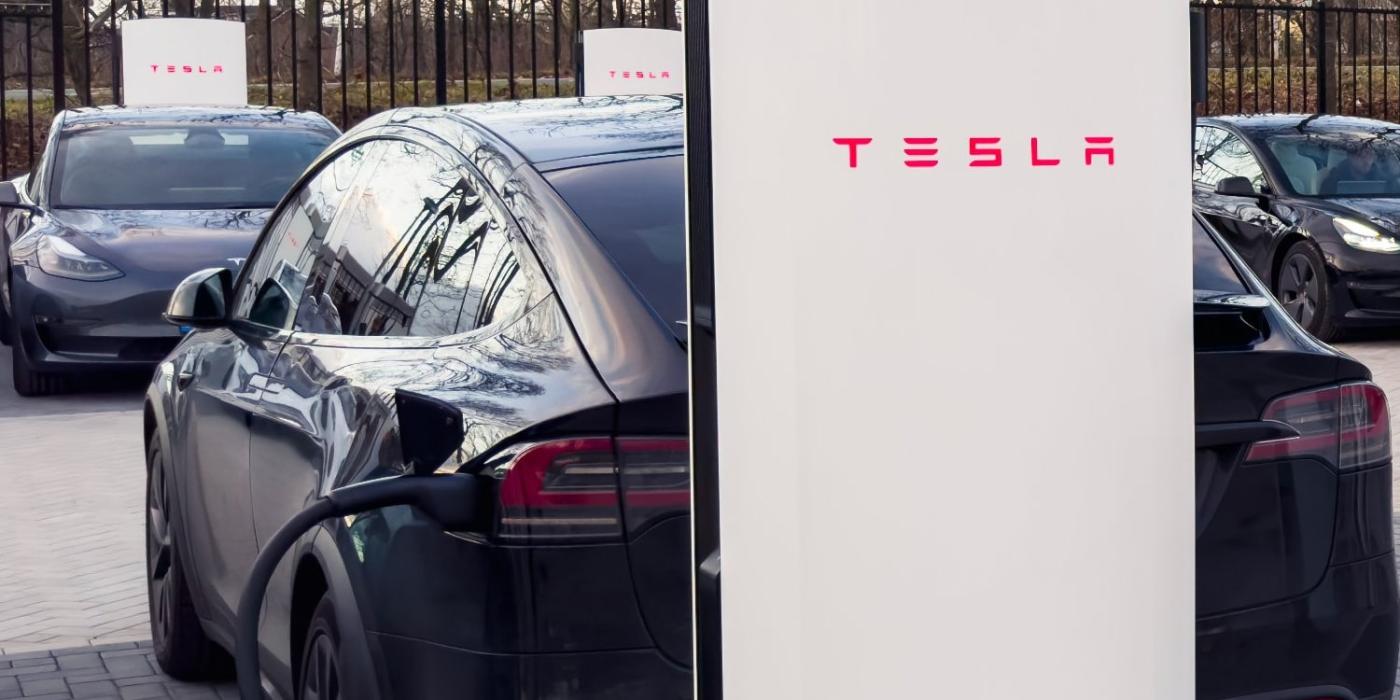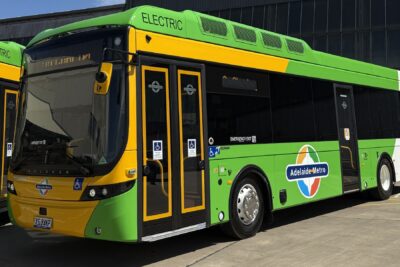Tesla’s Q1 financial earnings call shows decline but new model offensive bears promise
Despite a rocky start to the year’s production due to several factors, Musk showed himself optimistic in the investor call, citing developments in autopilot and future potential applications. He cited examples such as using autonomously driven vehicles as a sharing fleet if owners desire, comparing the process to Airbnb, or the data processing potential of linking vehicles.
At 1.13 billion US dollars, Tesla’s GAAP net profit fell back to the level of Q2/2021. Compared to the same period last year, the figure represents a 55 per cent drop in profit; compared to the previous quarter, the decline is even more serious – but hardly meaningful, as Tesla was able to report an exorbitantly high profit of USD 7.9 billion in Q4/2023 due to a one-off tax effect.
The financial setback of not producing or delivering as much as planned will be equalised with the recently announced staff cuts, affecting around 10 per cent of Tesla’s global workforce. The remaining staff is expected to close the gap, freeing up funds to invest in autonomous driving technology.
The first quarter’s production reduction was cited when Tesla presented its production results for Q1: “Decline in volumes was partially due to the early phase of the production ramp of the updated Model 3 at our Fremont factory and factory shutdowns resulting from shipping diversions caused by the Red Sea conflict and an arson attack at Gigafactory Berlin“, Tesla wrote at the time.
The carmaker also said the EV adoption rate was globally under pressure, adding that “a lot of other auto manufacturers are pulling back on EVs and pursuing plug-in hybrids instead.” Tesla, on the other hand, has high hopes for the future of FSD. Additionally, the manufacturer expects record profitability in the energy business, as Tesla plans to ramp up energy production from 20 GWh to 40 GWh by the end of 2024. In addition, 4680 production increased about 18-20 per cent from Q4 of last year.
When pressed for a timeline for the promised $25,000 vehicle, Musk deflected the question, saying the current focus was updating the future lineup to be more cost-efficient, on most affordable cars, and on utilising all capacity. The Tesla CEO also again referred to the value Tesla plans to draw from its autonomous vehicle development: “It might be the biggest asset value appreciation in history.” Furthermore, there have also been conversations with one major automaker regarding the licensing of FSD.
Tesla is considering the development of the FSD system inevitable. Musk states that the “rate of improvement is rapid”, and it has already been uploaded to 1.8 million vehicles in North America. The current state of research is based on 300 million miles of test driving, and the system remains “vision-based for scalable autonomy.” Tesla also updated the price model for the autonomous system to attract more users, reducing it to $99 per month.
Plans for new markets for the system were answered, with the system being very variable and “works basically in any market where we can get regulatory approval, which includes China.” The regulatory approval may remain an issue, particularly in China, as a recent investigation launched by the US into Chinese vehicle data showed. Considering that Tesla is still based in the US, this may play a role in future technology discussions. Even in its native US, the more progressive states, such as California, still struggle to adapt regulations for the system.





1 Comment